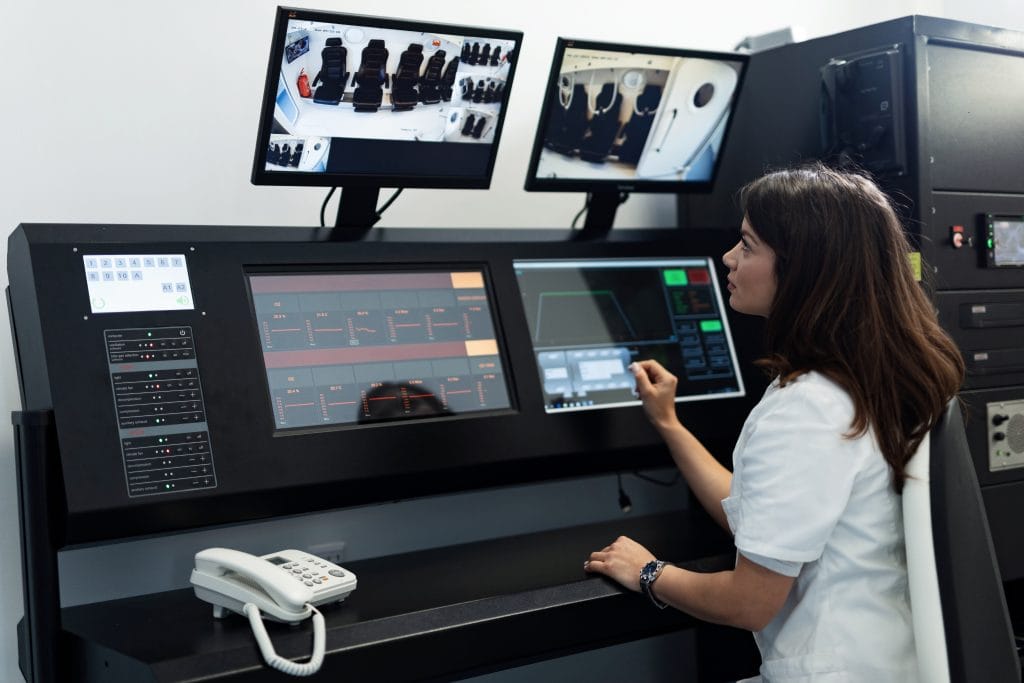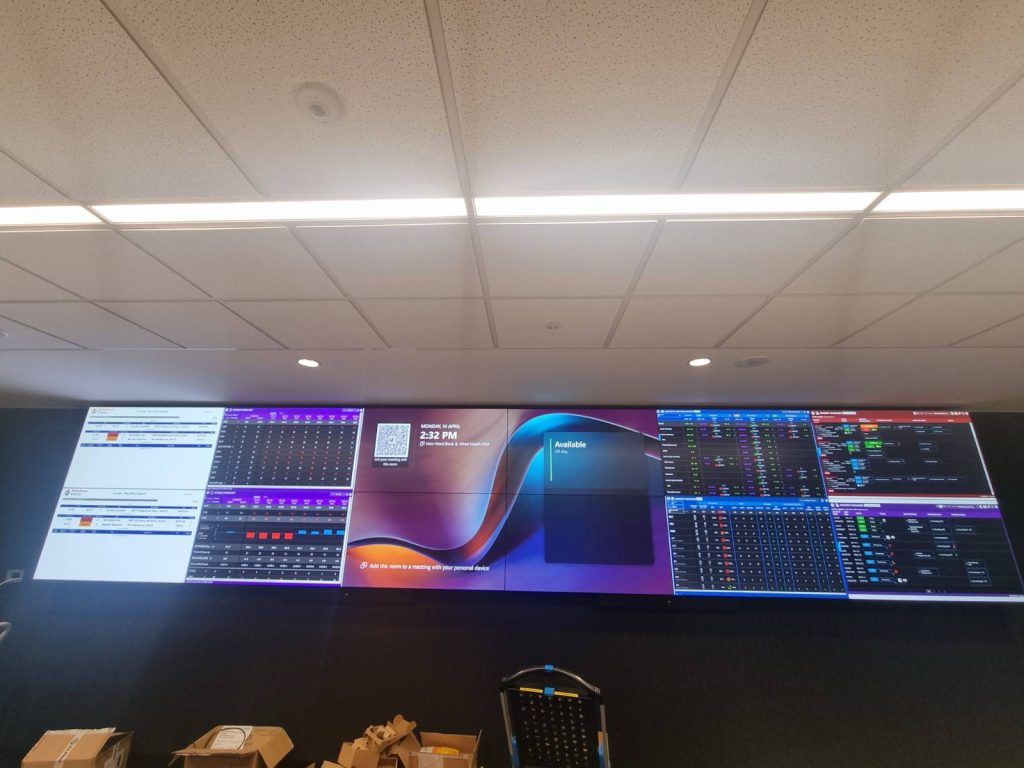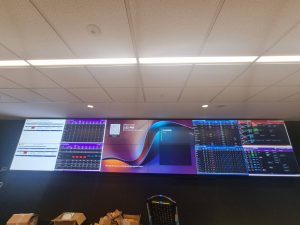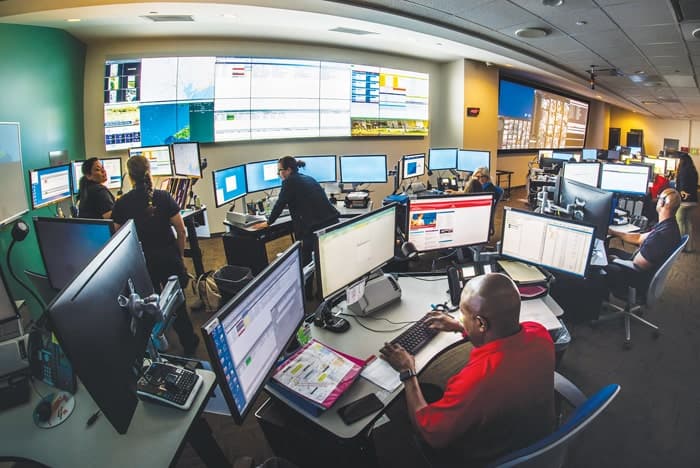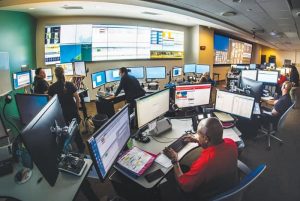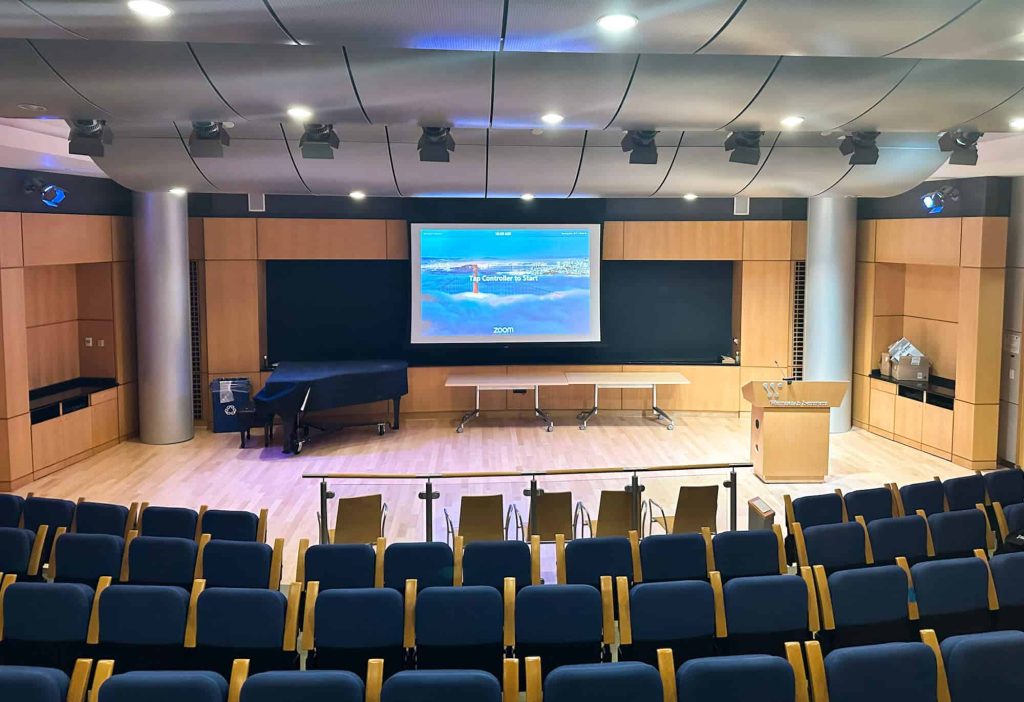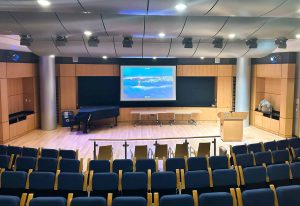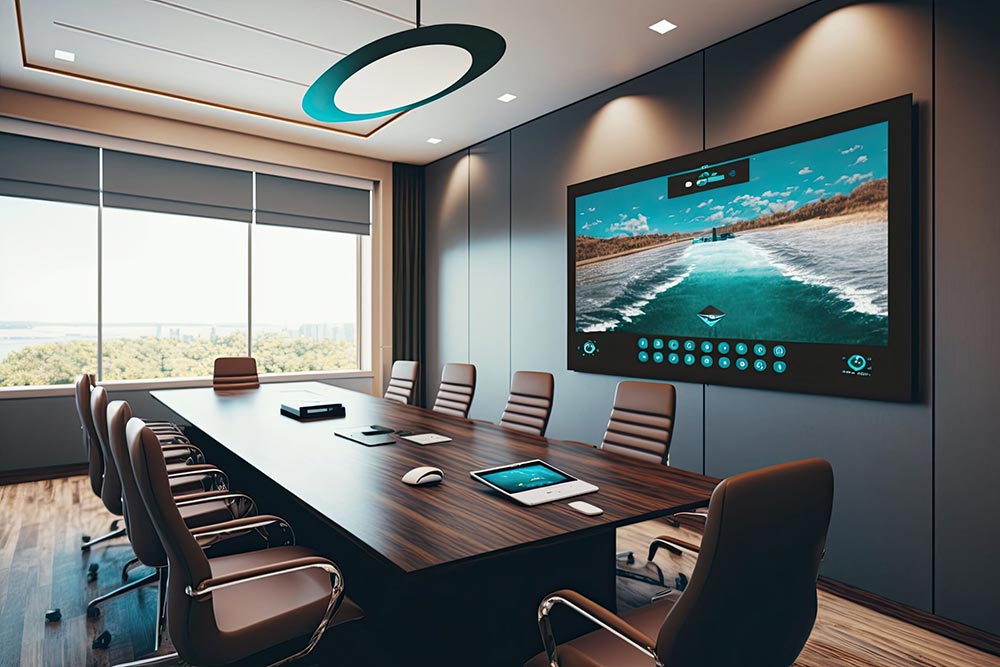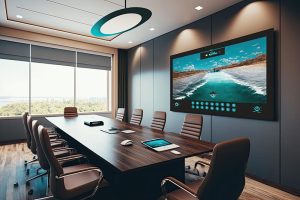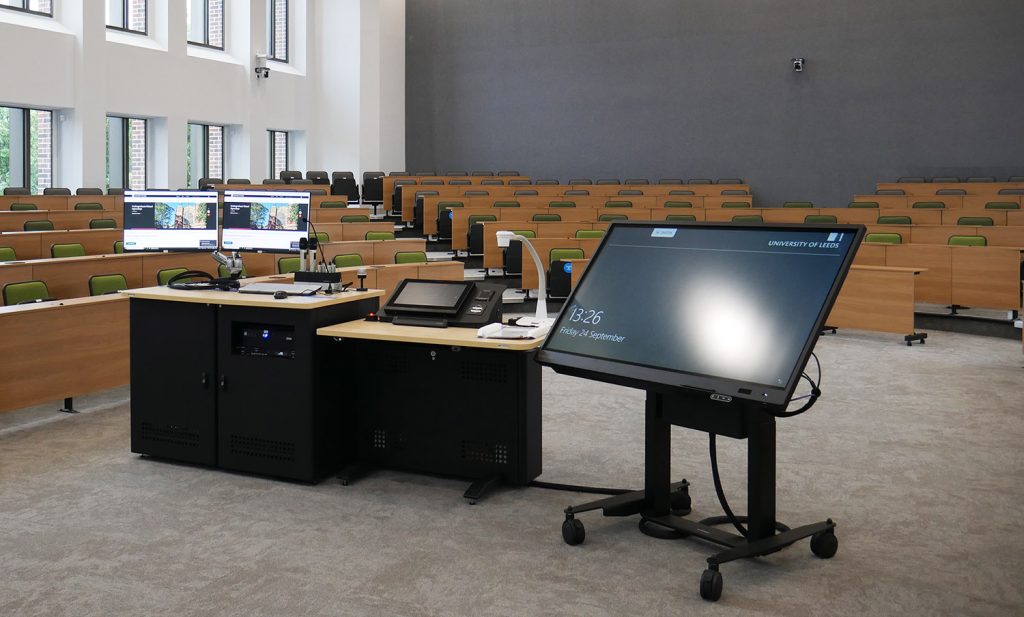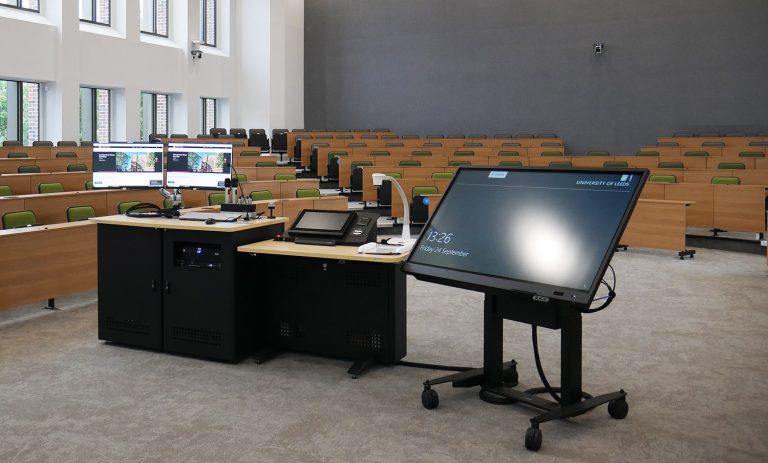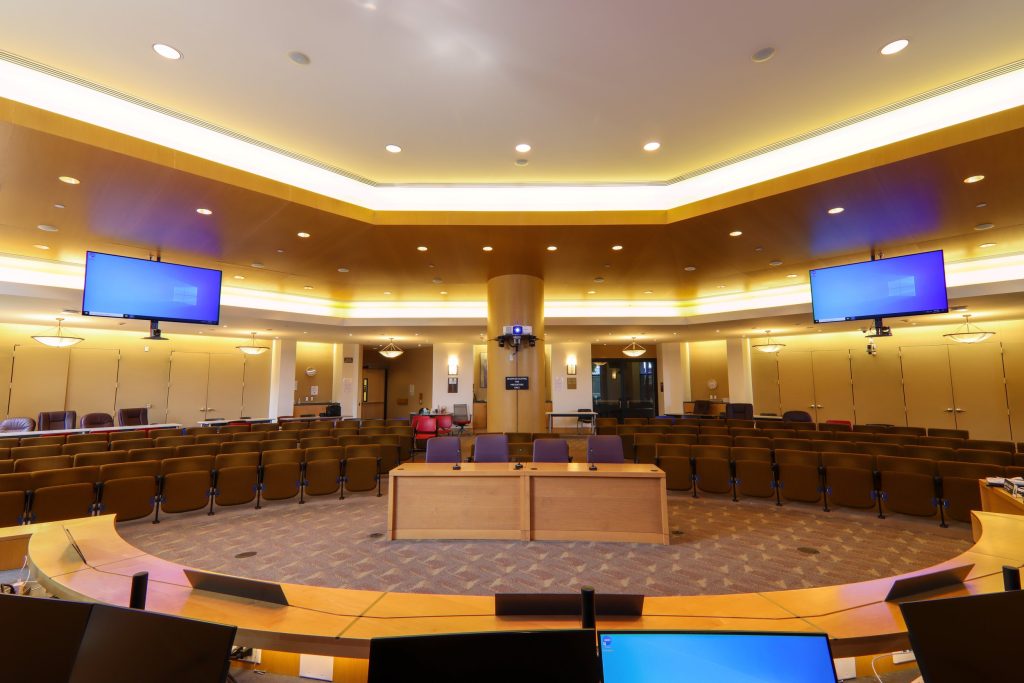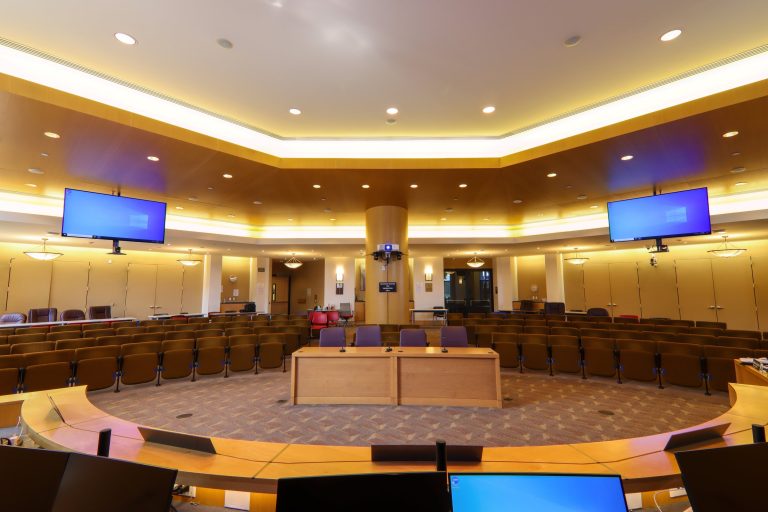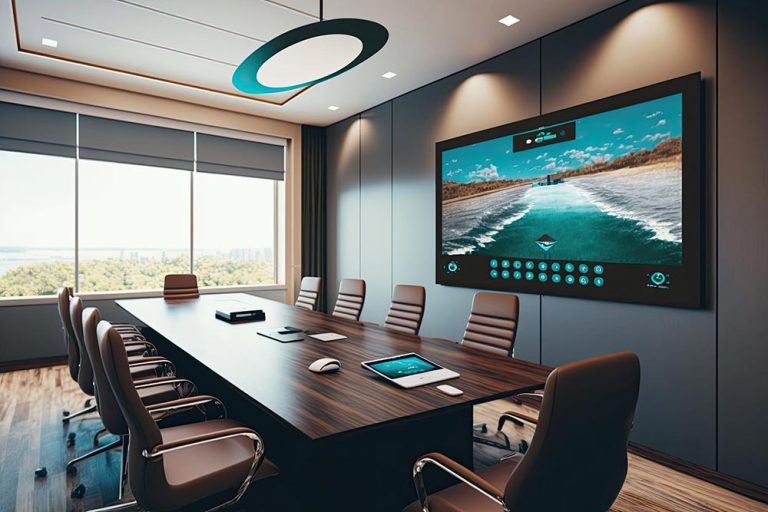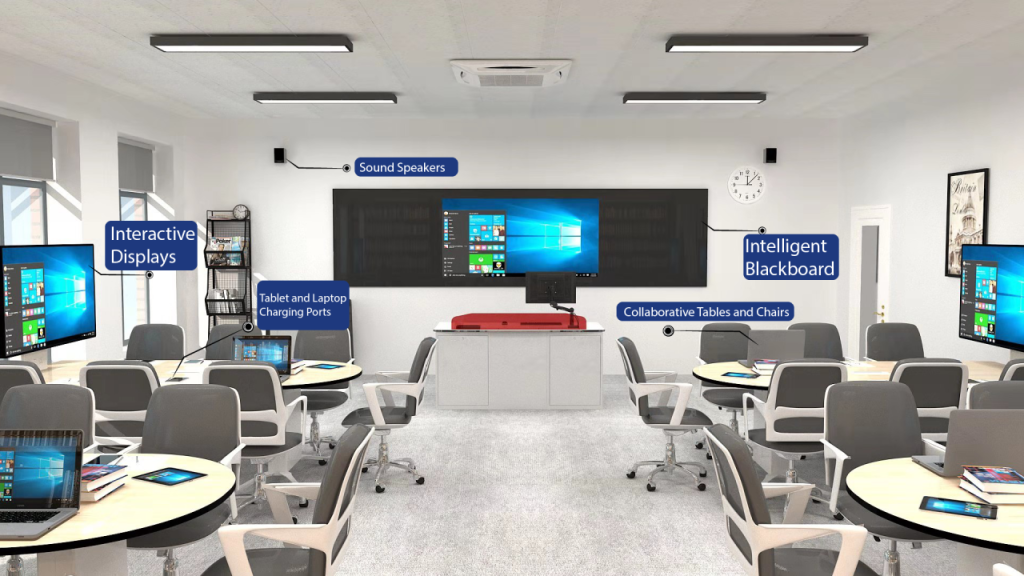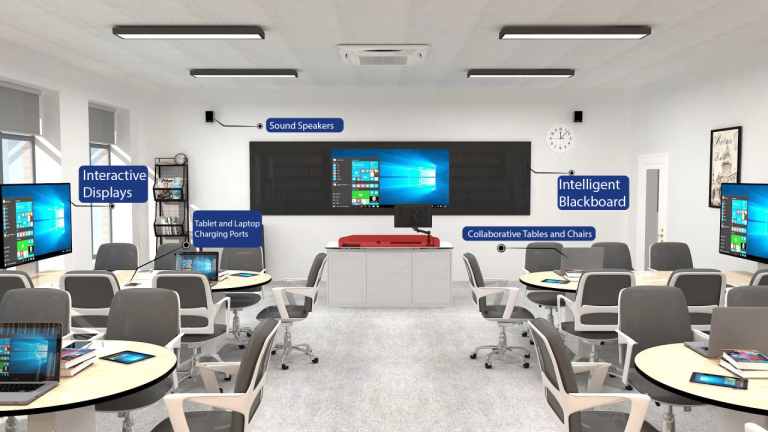Mastering the Meeting Room: Integrating Advanced AV Control Systems
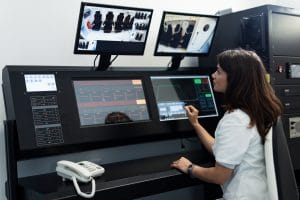
Welcome to the cutting edge of conference room design! As an AV expert specializing in complex programming and commissioning for systems like Crestron and Q-SYS, I often see teams struggle to move beyond simple “press-and-play” rooms. Integrating advanced control systems isn’t just about selecting high-end gear; it’s about creating a seamless, intuitive, and highly reliable environment that enhances collaboration, without requiring a PhD to operate.
This post breaks down the current state of advanced AV integration, the latest tech we rely on, common pitfalls, and the irreplaceable value a specialized design and programming team like Zapperr AV brings to the table.
The Core Challenge: Complexity Hides Behind Simplicity
The modern conference room is no longer a collection of discrete devices. It’s a complex, networked ecosystem integrating video, audio, lighting, shade control, and calendaring. The goal is to make all of that complexity disappear for the end-user.
Key Technologies Driving Advanced Integration
To achieve this level of sophistication, we focus on platforms that offer open architectures and deep, unified control:
- Crestron (HTML5/CH5): The industry standard for enterprise control. The shift from SmartGraphics to HTML5/CH5 allows us to build highly customized, responsive, and maintainable user interfaces that align with client branding and accessibility standards. We use Crestron not just for touch panels, but as the core engine for scheduling, room monitoring, and equipment diagnostics (AVM360).
- Q-SYS (Software-Based AV): This platform is a game-changer for integrated audio, video, and control (AV&C) processing. By consolidating DSP, video routing (using NV Series), and control into a single, software-based architecture, Q-SYS eliminates complex hardware chains. It allows us to manage room logic, complex microphone mixing, and even video switching all within one unified environment.
- Networked AV (SDVoE/AV-over-IP): We heavily utilize technologies like SDVoE (Software Defined Video over Ethernet) and Dante/AES67 for audio transport. This moves high-bandwidth signals off traditional point-to-point wiring and onto the IT network, massively increasing scalability, reducing physical cabling, and simplifying maintenance.
- Intelligent Cameras: Integrating AI-powered cameras (e.g., those with auto-framing and speaker-tracking) requires advanced control programming to ensure the camera tracks correctly based on active microphones or room presets, providing a truly dynamic meeting experience.
Common Integration Issues (The Pitfalls We Solve)
Even with the best hardware, a poor integration strategy can derail a project. As programmers and commissioners, we frequently encounter—and resolve—these three major issues:
- Latency and Synchronization: In complex rooms with multiple sources (e.g., several PTZ cameras and shared screens), timing is critical. If the video processing, audio signal, and control response are not tightly synchronized, the user experiences frustrating delays (latency) or poor lip-sync issues.
Solution: We design based on unified platforms (like Q-SYS) that manage timing natively, or we implement precise timing protocols across separate systems.
- The “Spaghetti Code” UI: The control system interface is often an afterthought. If the logic is poorly structured and the graphics are confusing, the user will default to calling IT.
Solution: We treat the UI design as a critical software project, implementing structured code, clear state feedback, and responsive HTML5 design. The goal is zero user training.
- Lack of Diagnostics and Monitoring: Once the project is handed over, how does the client know a microphone is offline?
Solution: Advanced integration requires leveraging cloud platforms (like Crestron’s XiO Cloud or Q-SYS’s Reflect Enterprise Manager) to provide continuous monitoring and proactive alerts, turning reactive maintenance into preventative support.
The Value of Expert Design, Programming, and Commissioning
This is where the specialized expertise of Zapperr AV truly delivers a return on investment.
1. Optimized Design (The Blueprint)
We don’t just specify equipment; we design the AV control architecture. This means mapping out network topology, defining control protocols (like SNMP or SSH), and ensuring the system is inherently scalable. A robust design prevents costly, time-consuming rewires down the line.
2. Professional Programming (The Engine)
A skilled programmer does more than just make buttons work. We write structured, commented code that is easily maintainable by future teams. Using modern software tools, we implement complex logic like:
- Single-Button Room Reset: A single command clears all settings, docks the cameras, and prepares the room for the next meeting.
- Contextual Control: The interface automatically changes what is displayed based on what equipment is active (e.g., showing lighting controls only when a presentation starts).
3. Thorough Commissioning (The Guarantee)
Commissioning is the final, critical step that ensures reliable operation. We rigorously test every failure state, audio path, and control command. This includes:
- Acoustic Tuning: Precisely calibrating microphone levels and speaker DSP to ensure crystal-clear audio, regardless of where someone is sitting.
- Network Stress Testing: Verifying that AV-over-IP traffic does not interfere with the client’s IT network.
The result? A conference room that simply works, every single time, leading to higher end-user satisfaction and a dramatic reduction in support tickets.
If you’re ready to move past basic AV and implement an advanced control system that genuinely supports your mission-critical collaboration, connecting with a specialized partner is the crucial first step.
